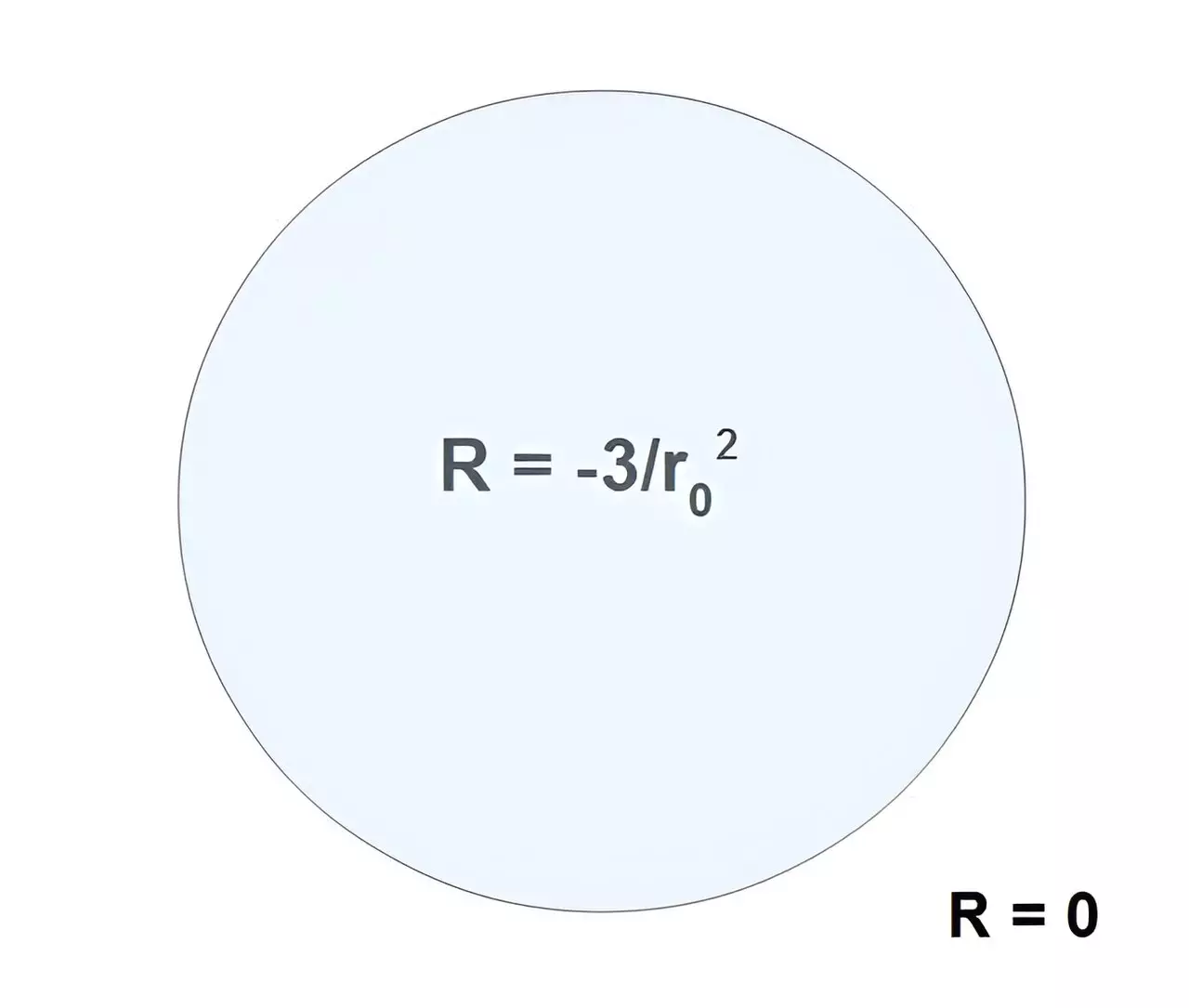The universe is replete with enigmatic entities that challenge our understanding of matter, energy, and the fundamental forces of nature. Two of the most fascinating entities in astrophysics are neutron stars and black holes. Both subjects excite the imagination and intellect of scientists and enthusiasts alike, yet they are defined by vastly different properties and behaviors that reveal fundamental truths about the cosmos.
Neutron stars represent the ultimate endpoint of stellar evolution for massive stars, characterized by their extraordinary density and magnetic fields. These compact relics are formed when a supernova explosion crushes the core of a massive star, causing the protons and electrons to combine into neutrons. This process results in a stellar remnant that can reach a phenomenal density, often exceeding that of atomic nuclei. Within this quantum chromodynamic framework, neutron stars can exist with a maximum mass of approximately 2.34 solar masses. Beyond this threshold, they cannot maintain stability and either collapse into a black hole or undergo further transformations.
The intricacies of neutron stars raise significant questions about the behavior of matter under extreme conditions. They are defined by timelike properties, meaning they adhere to causality: a fundamental principle asserting that cause precedes effect. These stars possess particle states governed by principles such as the Pauli exclusion principle, leading to their stability through force balances within their dense cores. Thus, while neutron stars are among the densest forms of astrophysical matter, their behavior can be modeled using established physics.
Contrast this with black holes, which emerge from the gravitational collapse of massive stars or the merging of neutron stars. A striking distinction lies in their spacelike nature—black holes exist outside the constraints of familiar causality, exemplified by their lack of a maximum mass. Theoretical models suggest that black holes can exist with masses in the millions or even billions of solar masses, defying intuitive understanding of physical limits.
Due to their unique qualities, black holes exhibit behaviors that challenge our traditional understanding of a “particle.” Unlike timelike matter, which connects seamlessly to observable phenomena, black holes offer no identifiable particle states. Instead, they manifest properties such as scalar curvature and gravitational invariants that are only observable at infinity. This distinction leads to a profound insight: black hole physics does not conform to conventional equations of state, temperature, or entropy.
A particularly astonishing concept within black hole physics is the existence of two opposing pressures—outward pressure (denoted as PS) due to negative scalar curvature and inward pressure (PM) resulting from self-gravity. Upon achieving equilibrium, it has been identified that PS equals -PM, solidifying the idea that black holes achieve stability without undergoing traditional forms of thermal equilibrium. Interestingly, a universal black hole constant emerges from this equilibrium, allowing for calculations concerning the immense pressures within the universe.
One of the intriguing consequences of this constant is the determination of the universe’s maximal pressure, or Puniverse. Remarkably, calculations reveal that the smallest black holes possess the highest pressure in the known universe, dwarfing even the pressures found in planetary bodies such as Jupiter. This presents a breathtaking concept that connects the microcosmic behavior of black holes to the grand scale of the cosmos.
When considering black hole mergers, the phenomenon is governed by a different set of laws—laws that diverge from traditional interpretations of entropy. Instead of relying on Hawking’s entropy-related conjectures, researchers have conceptualized a coalescing area law grounded in gravitational dynamics. This new law illustrates that for two black holes to merge, the sum of their respective pressures must exceed a threshold determined by their remnant.
This proposition not only aligns with gravitational wave data but also reshapes our understanding of black holes as entities that systematically interact within the fabric of spacetime, rather than merely succumbing to singularity as once believed.
Perhaps the most contentious aspect of black hole research revolves around the concept of singularities, which has often been discussed in the context of causal theories. Traditional models applied to black holes have resulted in the attribution of singular behavior—an assertion that now faces scrutiny by applications of spacelike matter theories. By misapplying causal physics to black holes, we encounter contradictions that undermine earlier theories.
As scientific investigations continue to refine our understanding of these cosmic phenomena, the misinterpretation of black holes could pave the way for revolutionary discoveries. The rigorous examination of gravitational invariants and their application to black holes presents the potential to overturn prevailing notions of singularities and redefine the fundamental properties of spacelike matter.
The study of neutron stars and black holes demonstrates a fascinating duality in astrophysics: the complex interplay between timelike and spacelike matter. While neutron stars embody the limits of matter and causal interactions, black holes epitomize a realm where established physical laws falter. Throughout their study, we gain not only insights into the universe’s most extreme phenomena but are also compelled to confront the limitations of our current understanding. Ultimately, the exploration of these enigmatic entities fuels our quest for a deeper comprehension of the cosmos.


Leave a Reply